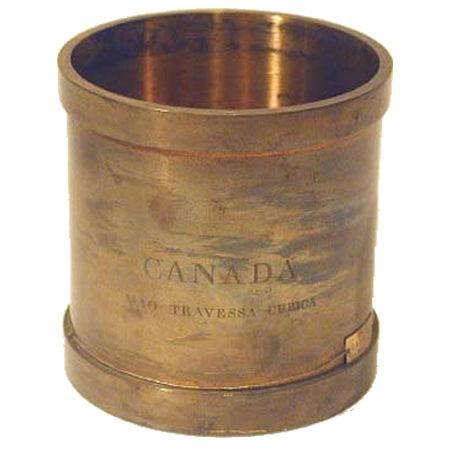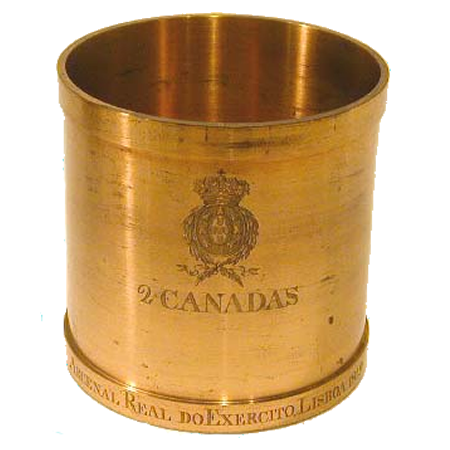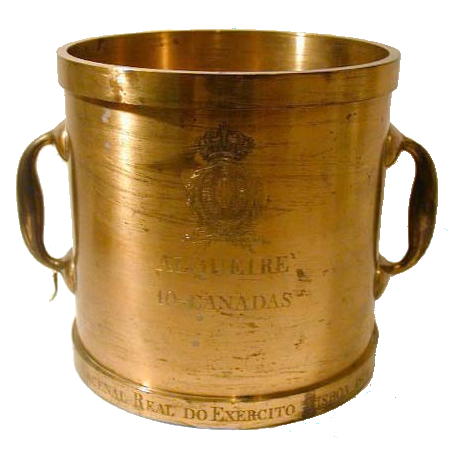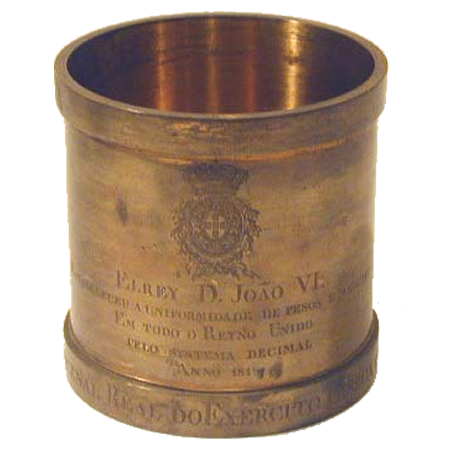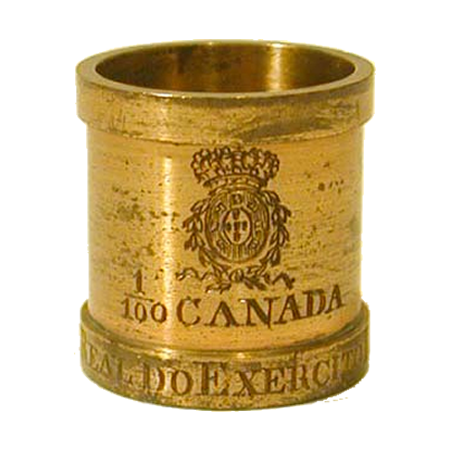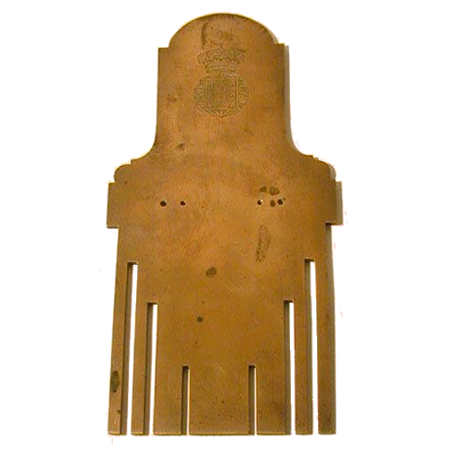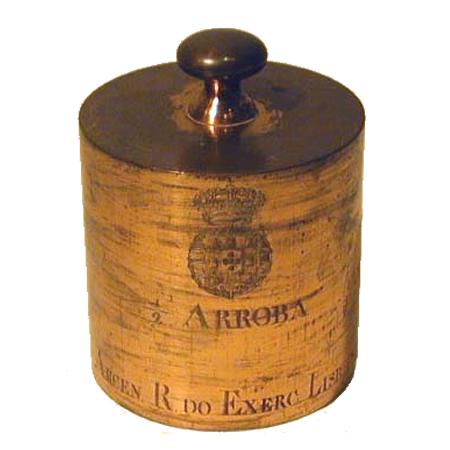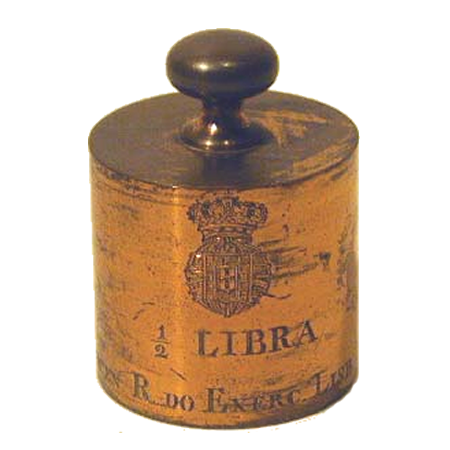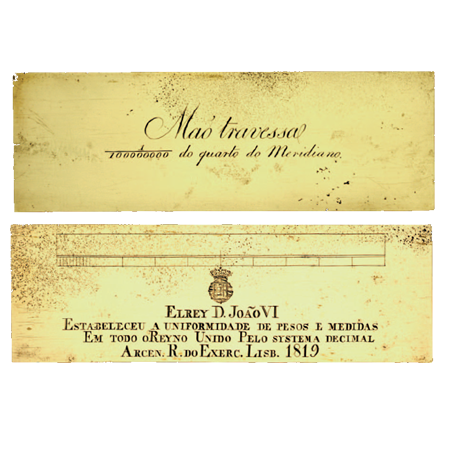
THE REFORM OF KING JOÃO VI
At the beginning of the 19th century, the systems of weights and measures in Portugal were basically those that had resulted from the reform that King Manuel I had carried out more than 300 years ago, with the updates of King Sebastião.
In 1812, a Comissão para o Exame dos Forais e Melhoramentos da Agricultura (Commission for the Examination of Charters and Improvements in Agriculture) was appointed, which recommended the reform of the system of weights and measures. Thus, the government ordered that, in collaboration with the Academia Real das Ciências (Royal Academy of Sciences), “form a plan for the equality of weights and measures proper to the great knowledge and lights of the century, under a general system with a solid and permanent base”.
This work resulted in a report presented to the prince regent D. João (future King João VI), which recommended the use of a system based on the measures of the new French metric system (whose fundamental unit was the mètre), but with Portuguese terminology. The new system included linear, capacity and weight measurements, with equivalence relationships between the various base units based on the water element.
Thus, the fundamental unit was the mão-travessa, which corresponded to 1/10 of the French mètre; the cubic hand (corresponding to a “liter”) was called canada (old measure of volumes of liquids), and a canada of distilled water would weigh one libra (pound) which weighed one kilogram.
On December 20, 1814, it was decided to have 300 sets of the new standards for weights and measures executed at the Junta da Fazenda do Arsenal do Exército, according to prototypes that came from France, to be distributed by the Portuguese empire.
In 1820, a decree was sent to the Real Junta da Diretoria dos Estudos (Royal Board of Studies Directorate), ordering that the masters (teachers) make their students learn (“decorate”) a leaflet that divulged the new system, entitled Breve exposição do sistema métrico decimal a-fim-de poderem os povos ter alcançado suficiente notícia dêste sistema antes dêle se começar a pôr em
prática (Brief Exposure of the decimal metric system so that the peoples may have reached enough news of this system before it begins to be put into practice).
Liberal wars delayed the dissemination and promotion of the new system, and alternative systems were even proposed. Only in 1843 did deputy João Baptista da Silva Lopes raise the matter in the Câmara dos Deputados (Chamber of Deputies), leading to the appointment of a commission that came to speak by the decimal metric system. However, discussions in the Câmara dos Deputados (Chamber of Deputies) and in the Câmara dos Pares (Chamber of Peers) did not lead to a final decision and it was only on December 13, 1852, during the reign of Queen Maria II, that the decree that ordered the adoption of the metric decimal system was published, with the original terminology, establishing a period of 10 years for its full implementation.
